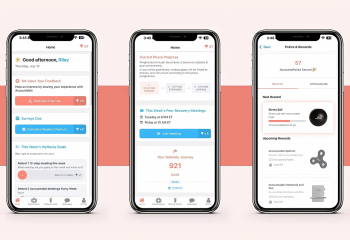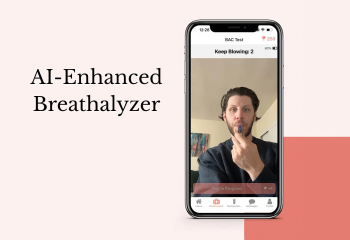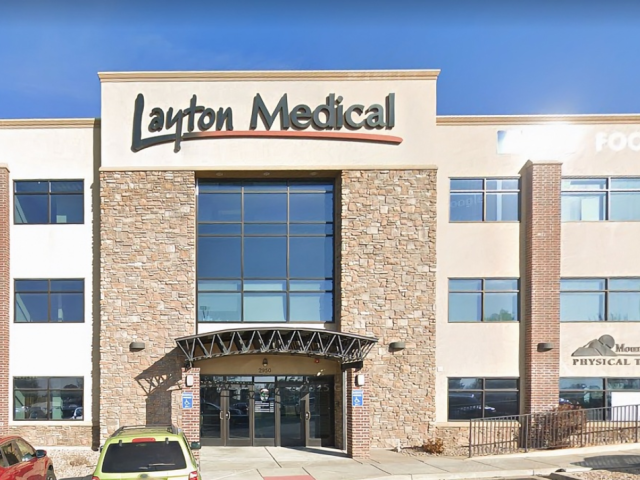More About Ketamine Rehab Centers
Ketamine is a dissociative anesthetic drug approved for use in animal and human surgery. The drug’s therapeutic purpose is to induce unconsciousness, numbness, and memory loss while maintaining adequate blood pressure and respiratory reflexes(1).
Ketamine is a Schedule III controlled substance, which means that it has moderate to low potential for misuse and dependence(1,3). People tend to misuse ketamine for the dissociative effects it produces, which are characterized by floating and dream-like sensations at low doses and hallucinations and potential near-death or spiritual experiences at high doses(2). Ketamine is often used in a binge pattern to maintain the high over an extended period of time, which can cause tolerance to build quickly(2).
Ketamine Effects
Also known as Special K, Keets, or Kit-Kat, ketamine can produce a variety of short and long-term effects(1,2).
Short-Term Effects
Short-term effects of ketamine use can include the following(1,4):
- Sedation
- Disorientation
- Dream-like state
- Impaired thinking
- Increased distractibility
- Reduced pain perception
- Reduced awareness of environment
- Changes in perception of time, sound, surroundings, and body
Long-Term Effects
Research on the long-term consequences of ketamine misuse is limited. However, preliminary findings point to the following potential effects of chronic use(1,2,5):
- Impaired psychological wellbeing
- Impaired memory and cognition
- Delusional thinking, even after abstinence
- Depressive and dissociative symptoms
- Visual disturbances
- Painful urination
- Stomach cramps (or “k-cramps”)
Side effects of ketamine, which are the undesired, secondary effects that can be harmful or dangerous, can range from mild to severe and include the following(4,6):
- Paranoia
- Delusions
- Anxiety
- Heart palpitations
- Coordination problems
- Involuntary muscle spasms
- Breakdown of muscle tissue (known as rhabdomyolysis)
Ketamine Overdose Symptoms
Ketamine overdose can occur when ketamine is combined with other drugs, such as opioids, cocaine, alcohol, or amphetamines(1). However, it is possible to overdose on ketamine alone. Signs and symptoms of an overdose include(7):
- Respiratory depression.
- Heart palpitations.
- Chest pain.
- Dizziness.
- Hallucinations.
- Jaw muscle spasms.
- Slurred speech.
- Dilated pupils.
- Anxiety.
Rare, but potential symptoms of ketamine overdose, include(7):
- Vomiting
- Seizures
- Amnesia
- Respiratory arrest (breathing has stopped)
If you suspect you or someone you know has overdosed on ketamine, call 911 or visit the nearest emergency room immediately.
Signs and Symptoms of Ketamine Addiction
A ketamine addiction, or ketamine use disorder, is defined as a pattern of ketamine use that negatively interrupts a person’s life. Common signs and symptoms of ketamine addiction include the following(8):
- Ketamine is taken in amounts that exceed or for lengths of time greater than originally intended
- Inability to quit or cut back on ketamine use
- Spending an inordinate amount of time getting and using ketamine, as well as recovering from its adverse effects
- Having strong cravings to use ketamine
- Persistent ketamine use resulting in home, work, or school ramifications
- Continuous ketamine use regardless of interpersonal or social difficulties exacerbated or caused by the drug
- Reduced involvement in occupational, social, or recreational activities
- Repeated ketamine use in dangerous situations, such as driving a car
- Continued ketamine use in spite of mental and physical problems worsened or caused by the substance
- Tolerance: more ketamine is needed to “get high” and the same amount of ketamine elicits a diminished effect or intoxication
An individual must exhibit at least 2 of the above symptoms within a 1-year period to be diagnosed with an addiction to ketamine(8):
Find Treatment for Ketamine Addiction
If you or a loved one is ready to seek rehab for a substance use disorder, let Recovery.com help. Explore your options right now and reach out to a rehab center using our rehab directory tool.
Sources
- Kalsi, S. S., Wood, D. M., & Dargan, P. I. (2011). The epidemiology and patterns of acute and chronic toxicity associated with recreational ketamine use. Emerging Health Threats Journal, 4(0). doi:10.3402/ehtj.v4i0.7107
- Maxwell, J. C. (2015). Implications of Research for Treatment: Ketamine. The Center for Excellence in Drug Epidemiology, 1-4.
- Drug Enforcement Administration. Drug Scheduling.
- National Highway Traffic Safety Administration. Drugs and Human Performance FACT SHEETS – Ketamine.
- University of California, San Francisco. (2016). Frontotemporal Dementia (FTD).
- Rhabdomyolysis: MedlinePlus Medical Encyclopedia. (2015).
- National Library of Medicine: Toxnet. (2009). KETAMINE.
- Diagnostic and statistical manual of mental disorders: DSM-5. (2013). Washington, D.C.: American Psychiatric Association.





















































































